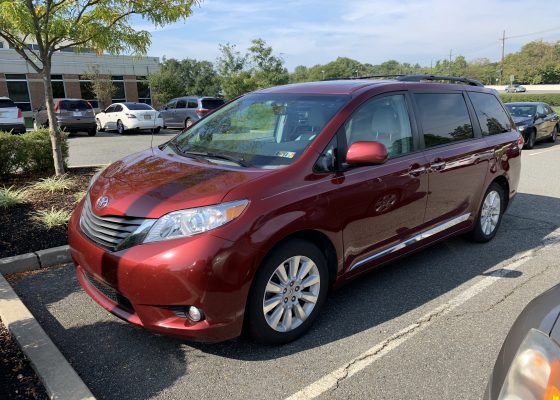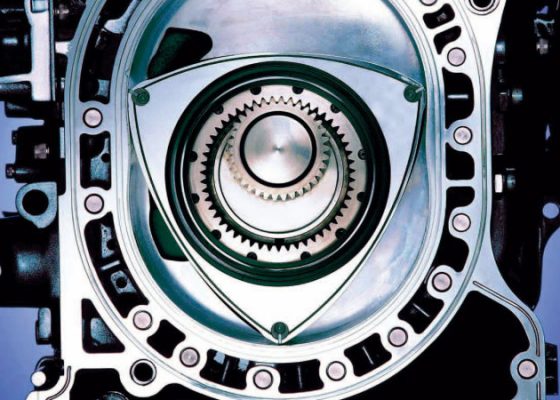What’s the Point of a Lowered Truck?
About six months ago, I asked readers what the point of lifting a pickup truck was. Today, I decided to turn my attention to the opposite end of the spectrum, asking why someone would lower a truck. The guys who like their lifted trucks responded that they are able to go anywhere in their trucks, actually get respectable fuel economy, and love the way their trucks look. I still question the utility of a pickup bed that’s four or five feet off the ground, but anyone who chooses to do that to their truck is absolutely within their right to do so (but I’m still uncomfortable with the idea of a lifted truck’s bumpers being too high to be effective in a collision with a “regular” vehicle.)
So why would someone choose to lower their truck? Trucks are primarily built for work purposes, and lowering a truck’s suspension eliminates suspension travel. This, in turn, decreases ride comfort, cargo capacity, and (obviously) ground clearance. How embarrassing it must be for a truck owner to scrape the bottom of his truck on speed bumps and driveways that a stock Corvette can maneuver over fairly easily.
I would argue that a modest lowering makes most trucks look quite good, particularly with moderately-upsized wheels. Nearly all light-duty pickups come from the factory with the rear suspension raised about two inches above the level of the front suspension when the truck is unladen. This is mainly done to allow some suspension compression as the cargo bed is loaded. However, if the owner doesn’t expect to use most of the truck’s payload capability (from a weight standpoint), there’s no need to drive down the road constantly with one’s nose pointing toward the ground. It’s a fairly straightforward surgery to drop a stock pickup two inches in the back so that the truck is “level,” with the tops of both rear and front wheels clearing the fender openings identically. Such a change, while clearly reducing maximum payload capacity, actually may provide a moderate improvement in the truck’s handling if done right.
It’s when truck owners decide to lower their trucks to the point that the tops of the tires are inside the fenders that I question the purpose of making that dramatic of a change. First, such a modification is almost always accompanied by giant wheels and low profile tires. Adding additional unsprung weight on all four corners of a truck will increase stopping distances, to the obvious detriment of safety. One strategy around that problem is to replace stock brakes with higher-performance units. I’m rarely so ashamed for another driver than when I see a car or truck with huge wheels and tiny brake rotors behind those wheels.
Second, drastic lowering cuts down on suspension travel. Suspension in a car or truck doesn’t just absorb bumps for the comfort of the vehicle’s occupants (although that’s always nice). A vehicle’s suspension system’s job is also to help the tires maintain contact with the road surface as much as possible. When a bump that would normally just compress the suspension instead lifts the entire truck’s wheel off the road until the truck comes back to earth, that wheel is not providing any acceleration, braking, or steering efforts. In other words, a wheel not touching the road results in less traction (or zero traction, depending upon how many wheels are off the ground).
Just as I haven’t driven a lifted truck so cannot comment firsthand on how the lift affects performance, I have only driven moderately-lowered trucks in the past, and those trucks had more or less standard-size wheels. The moderately-lowered trucks looked low and lean (one that stands in my memory is a tan metallic 1993 Chevy extended cab two wheel drive with 16 inch American Racing aluminum wheels and a roll pan under the tailgate in place of the standard step bumper) and seemed to handle no better or worse than a standard pickup truck. That particular Chevy also had no trouble with normal light-duty hauling chores like carrying a load of mulch or taking some debris to the landfill. Much of what I’ve read online about lowered trucks was inconclusive about any dangers or drawbacks (aside from ground clearance). But does someone driving a truck really need to improve handling? The most tricked-out pickup truck, with giant wheels and a 4 inch/6 inch drop, is probably still going to have a very hard time keeping up with a moderately-competent sport sedan on a curvy road or a racetrack. Perhaps the Ram SRT-10 pictured could hold its own in that scenario. Incidentally, I am a big fan of this truck, and think its factory-lowered suspension and 22 inch wheels are perfect for the truck’s proportions.
So, I ask again – aside from a personal preference in favor of a more hunkered-down look and some possible handling benefits (and only if done right, and not taken to extremes), what’s the point?


